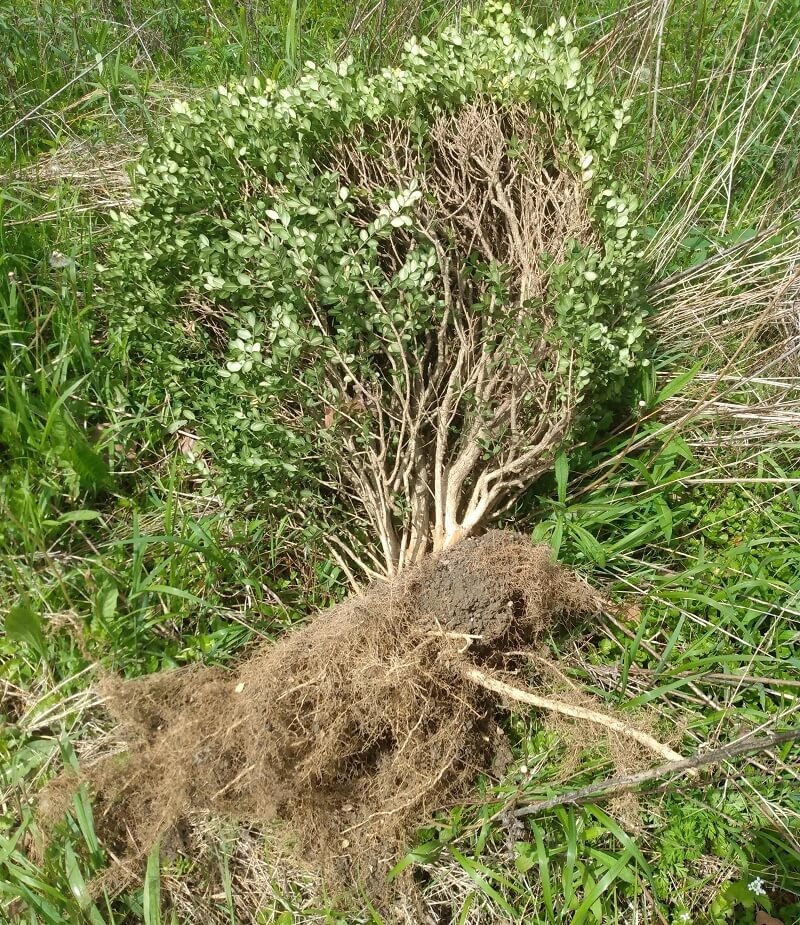There are many kinds of wildlife one might expect to see while on a stroll in the park. Chirping birds, blooming flowers, and prancing squirrels all come to mind.
A big pile of dead fish? Maybe not so much.
That's exactly what this Redditor stumbled upon and subsequently shared photos of to r/dayton, which details the happenings of Dayton, Ohio.


"Nice pile of huge fish at Metro Park," they captioned their post. "Also expertly removed bushes. I assume the bushes were unwanted, or an invasive species, or something, so the park [workers] piled them at the trail head for me to find in this state of removal. But I am perplexed about the fish."
The accompanying photos show a pile of large, gray-brown fish, along with several uprooted bushes.
In the comments, several Redditors deduced that the fish were likely carp, a generic name for an abundance of species of freshwater fish. Most agreed that they were common carp.
Native to Europe and Asia, common carp were first imported to the United States in the 1800s. They have since been established in rivers and lakes in every state except Alaska, according to the National Park Service. Common carp have been stocked in Ohio waters since 1879, according to the Ohio Department of Natural Resources, and have spread to every county in the state.
According to the National Park Service, high carp populations can cause a deterioration of water quality and habitat for native fish species.
This likely explains the large pile of carp in the middle of the park. "There are only so many pounds of fish a body of water can hold," a Redditor affirmed in the comments. "Removing those big carp frees up some food/space for most likely bluegill and bass." Both bluegill and bass are native to North America.
The removed plants likely have a similar story. "Those trees are also invasive," another Redditor posited. "Honeysuckle. They do smell good, but they're harmful because they grow leaves before most native [plants] and are usually the last to lose them, preventing young native plants from surviving."
Invasive species in general are a major concern for biodiversity, as they outcompete native plants and animals for the resources necessary to survive and thrive. Removal efforts such as this one are a great way to combat the spread, along with simple actions we can each take, including cleaning off our gear after an outdoor excursion and never releasing pets or houseplants into the wild.
These Redditors solved the mystery, indicating that the plants and fish were likely removed for the overall health of this Ohio park's ecosystem and might have been left out for wildlife to scavenge. That doesn't make a big pile of dead carp any less surprising to find, though.
"Those are definitely invasive carp. Edible, but it doesn't taste good. It would have been curious to bury them to avoid the smell, but they're doing the right thing by not releasing them," one Reddit user said.
Join our free newsletter for cool news and cool tips that make it easy to help yourself while helping the planet.









